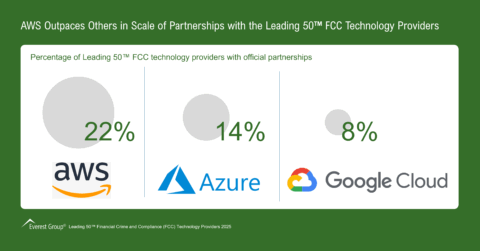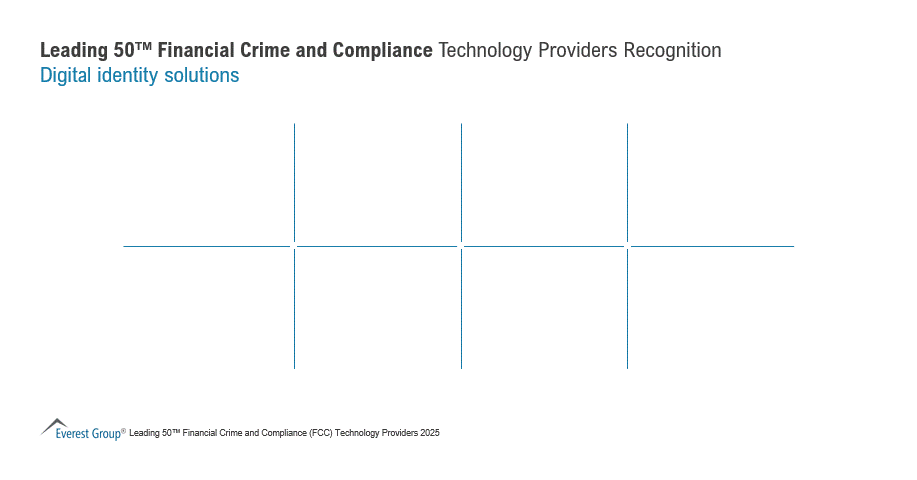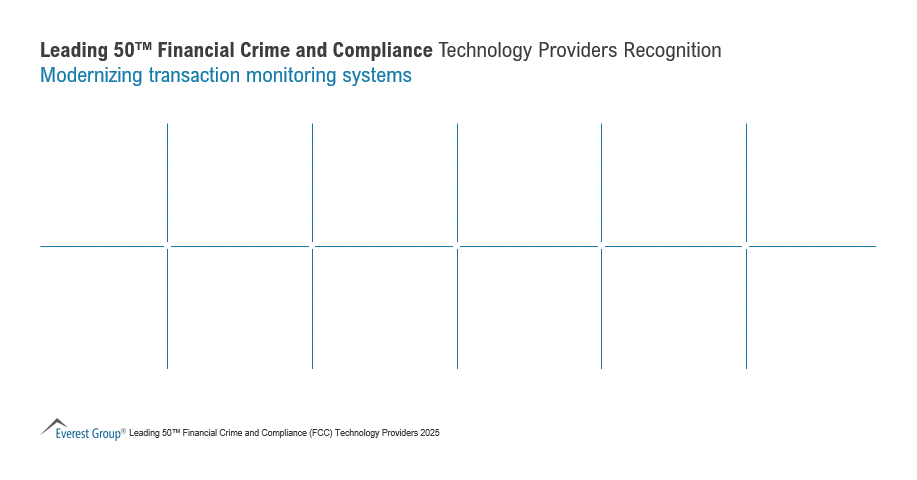Reimagine growth at Elevate – Dallas 2025. See the Agenda.
Filter
Displaying 1-10 of 145
CFO Leadership Summit & Awards 2025 | Conference
Thursday, July 17
Hotel The Lalit Ashok, Bengaluru
The Professional Services Commercial Playbook: Pricing, AI, and Business Value | Webinar
August 5, 2025
9 a.m. CDT | 10 a.m. EDT | 3 p.m. BST | 7:30 p.m. IST
Webinar
1 hour










